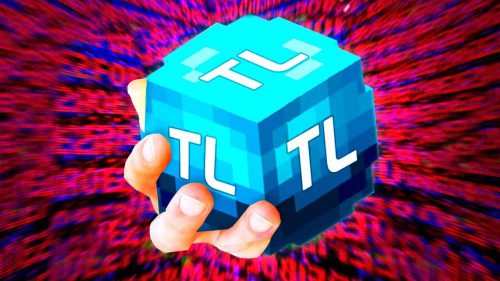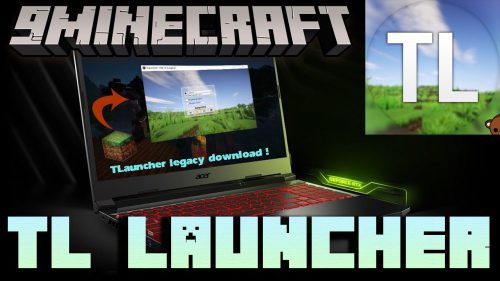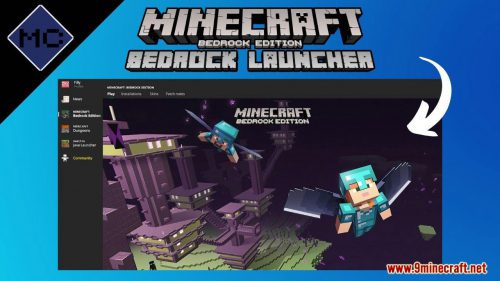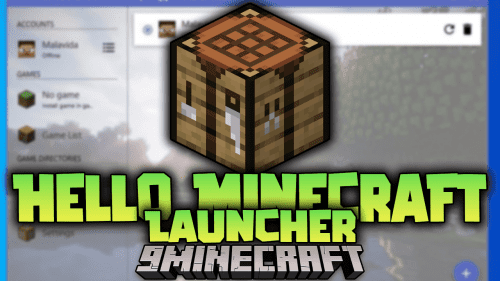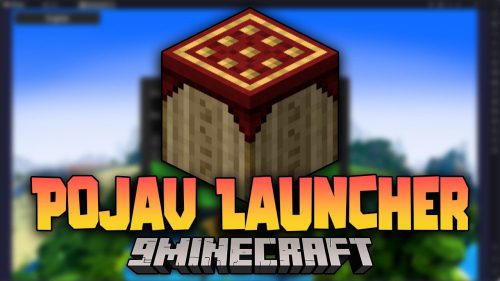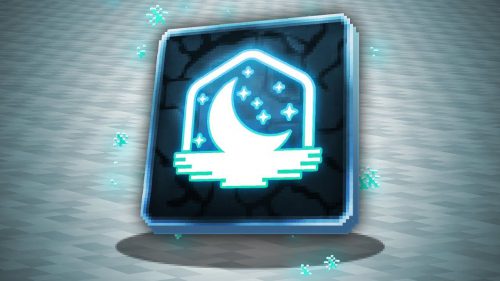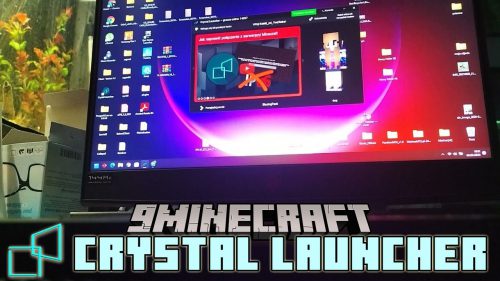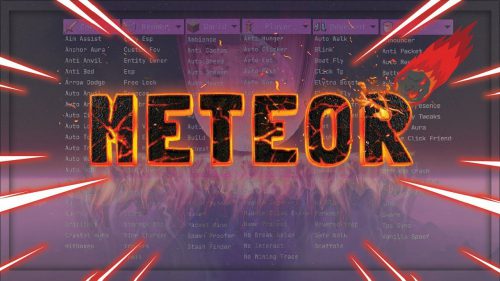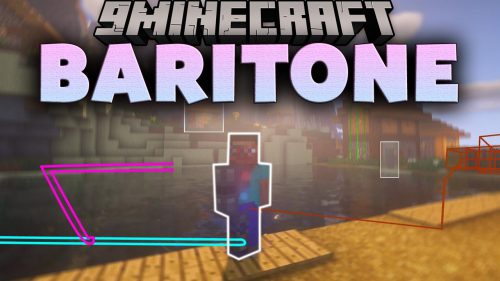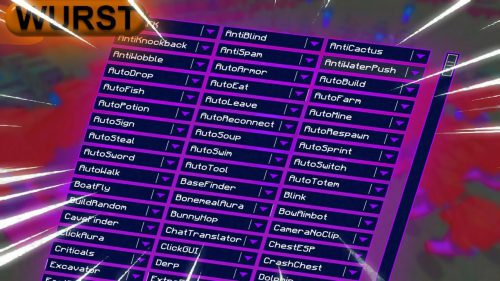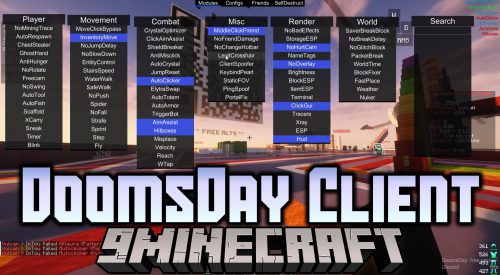NBT Tags for Zoglin – Wiki Guide
 93
93
 0
0
 January 8, 2024
January 8, 2024
This Minecraft tutorial explains the NBT tags (formerly called data tags) that you can use for a zoglin in Minecraft Java Edition (PC/Mac) 1.16, 1.17, 1.18, 1.19 and 1.20.
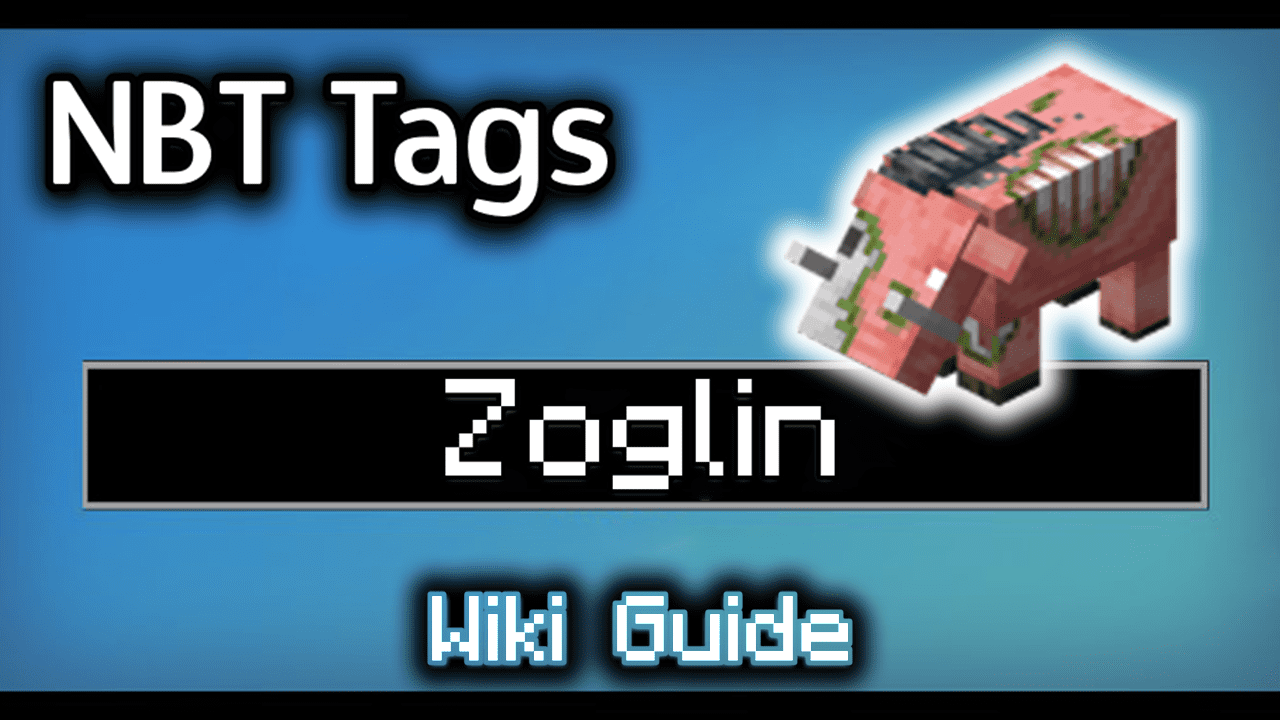
Background
In Minecraft Java Edition 1.16, 1.17, 1.18, 1.19 and 1.20, the entity value for a zoglin is zoglin. The zoglin entity has a unique set of data tags that can be used in Minecraft commands such as: /summon and /data.
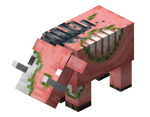
What are NBT tags (formerly called Data Tags)?
NBT tags allow you to set certain properties of an entity (such as zoglin). The NBT tag is always surrounded in {} such as {CustomName:”\”Tusks\””}. If there is more than one NBT tag used in a game command, the NBT tags are separated by a comma such as {CustomName:”\”Tusks\””, Health:50.0f}.
List of NBT Tags
Here is a list of the NBT tags that you can use for zoglin in Minecraft Java Edition (PC/Mac) 1.16, 1.17, 1.18, 1.19 and 1.20:
| NBT Tag | Value (Description) | Works With |
|---|---|---|
| IsBaby | 0 (The zoglin will be a full grown adult) 1 (The zoglin will be a baby) Example |
/summon /data |
| CustomName |
name (The name to assign to the zoglin) Example |
/summon /data |
| Health |
number (The number of health points the zoglin has) Example |
/summon /data |
| AbsorptionAmount |
number (The number of absorption health points the zoglin has) Example |
/summon /data |
| Invulnerable |
0 (The zoglin will take damage like normal) Example |
/summon /data |
| PersistenceRequired |
0 (The zoglin will despawn naturally) Example |
/summon /data |
| NoAI |
0 (The zoglin will have artificial intelligence and will move/behave like normal) Example |
/summon /data |
| Silent |
0 (The zoglin will make its usual noises in the game) Example |
/summon /data |
| Fire |
ticks (The number of game ticks until the zoglin is no longer on fire – there are 20 ticks in a second) Example |
/summon /data |
| PortalCooldown |
ticks (The number of game ticks until the zoglin can go through a portal again – there are 20 ticks in a second) Example |
/summon /data |
| Air |
ticks (The number of game ticks the zoglin has air left for) Example |
/summon /data |
| UUIDLeast |
A number that specifies the right half of the UUID for the zoglin (use UUIDLeast and UUIDMost to target/find a particular zoglin in the game) Example |
/summon /data |
| UUIDMost |
A number that specifies the left half of the UUID for the zoglin (use UUIDLeast and UUIDMost to target/find a particular zoglin in the game) Example |
/summon /data |
| id |
zoglin (The entity value used to represent a zoglin in the EntityTag or Passengers tag) Example |
/summon /give |
| Passengers |
The mob that is riding on the zoglin. Use the entity value for the passenger mob Example of skeleton as passenger |
/summon /data |
NBT Tag Examples
To summon a zoglin that is named Tusks:
/summon zoglin ~ ~ ~ {CustomName:"\"Tusks\""}
To summon a baby zoglin:
/summon zoglin ~ ~ ~ {IsBaby:1}
Target Selectors
Before we finish discussing data tags, let’s quickly explore how to use the @e target selector. The @e target selector allows you to target entities in your commands. If you use the type=zoglin value, you can target zoglins:
@e[type=zoglin]
Target Selector Examples
To change the name of the nearest zoglin to Tusks:
/data merge entity @e[type=zoglin,limit=1,sort=nearest] {CustomName:"\"Tusks\""}
To kill all zoglins:
/kill @e[type=zoglin]
Next, learn how to use the game commands in Minecraft.
Command Examples
Here are some game command examples for a zoglin in Minecraft:

